μD3TN runs well with underwater communication technology from Hydromea!
Two weeks ago we ran a successful disruption-tolerant networking test together with Hydromea, a Swiss-based underwater robotics company which specializes in through-water wireless communication networks and underwater navigation.
In our scenario we set up two DTN nodes on two Raspberry Pis via SSH access, one of them simulates an underwater sensor and the other one simulates a boat which collects data from the sensor. Each of them is equipped with a development version of our μD3TN implementation, which enables them to perform dynamic discovery using Internet Protocol Neighbor Discovery – or IPND for short. IPND is used for the dynamic discovery of network nodes which is one important step to make DTNs´ opportunistic mode of operation possible in the first place. As you can see in the sketch below, both Raspberry Pis are connected to the Internet and to “LUMA X-UV”, which is an Ethernet compatible modem developed by Hydromea for fast wireless underwater communication.
The two nodes can communicate with each other as long as the optical link is established. All DTN bundles generated during disruptions are stored by μD3TN for being forwarded after a connection is available again. A disruption is recognized when a configurable number of IPND beacons are not received, after which μD3TN will stop all connection attempts and simply buffer incoming bundles. Only after the reception of further IPND beacons, μD3TN will attempt to establish a new connection, in the demonstration setup leveraging the “Minimal TCP Convergence Layer” (MTCP). The used routing technique was a simple static table lookup based on the destination Endpoint Identifier (EID) – however, we could easily plug other routing and forwarding algorithms into it via our generic bundle forwarding interface.
Finally, we were able to transfer several (>500) BPv7 bundles from the sensor to the boat, even while disrupting the connection between the modems.
Therefore, we can happily claim our setup to be successful, and we are very much looking forward to future collaborations with Hydromea!






